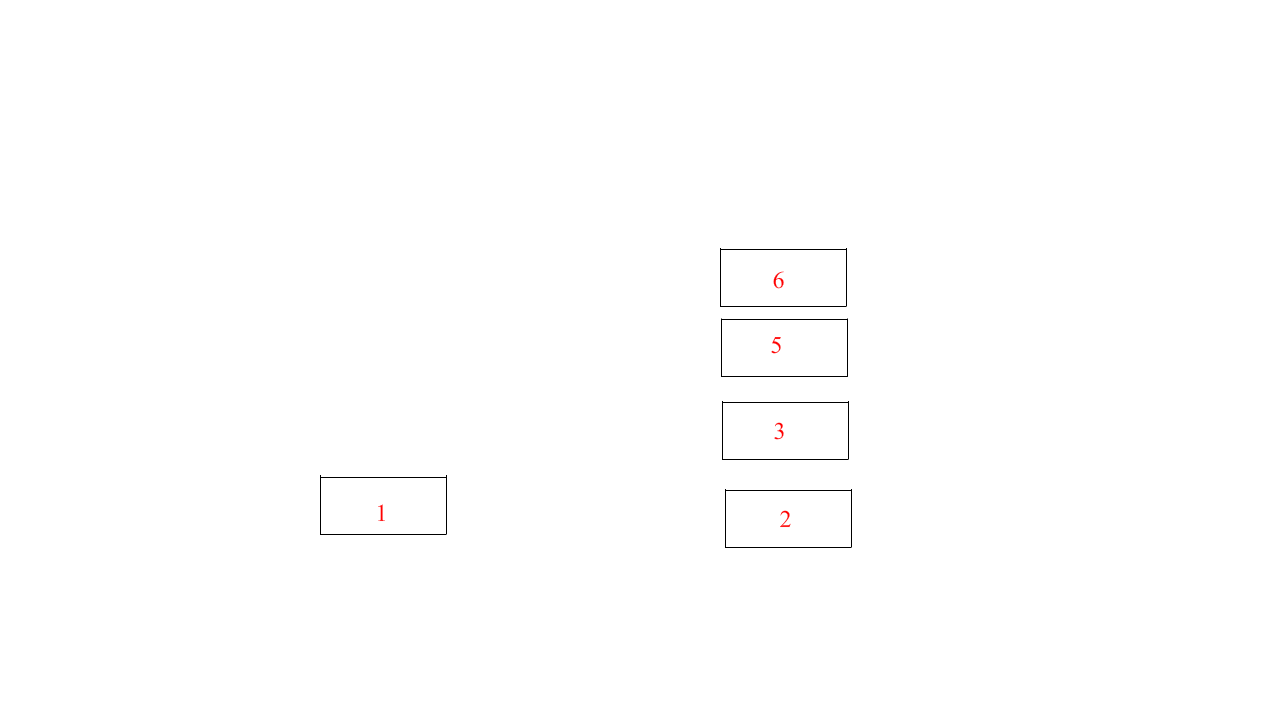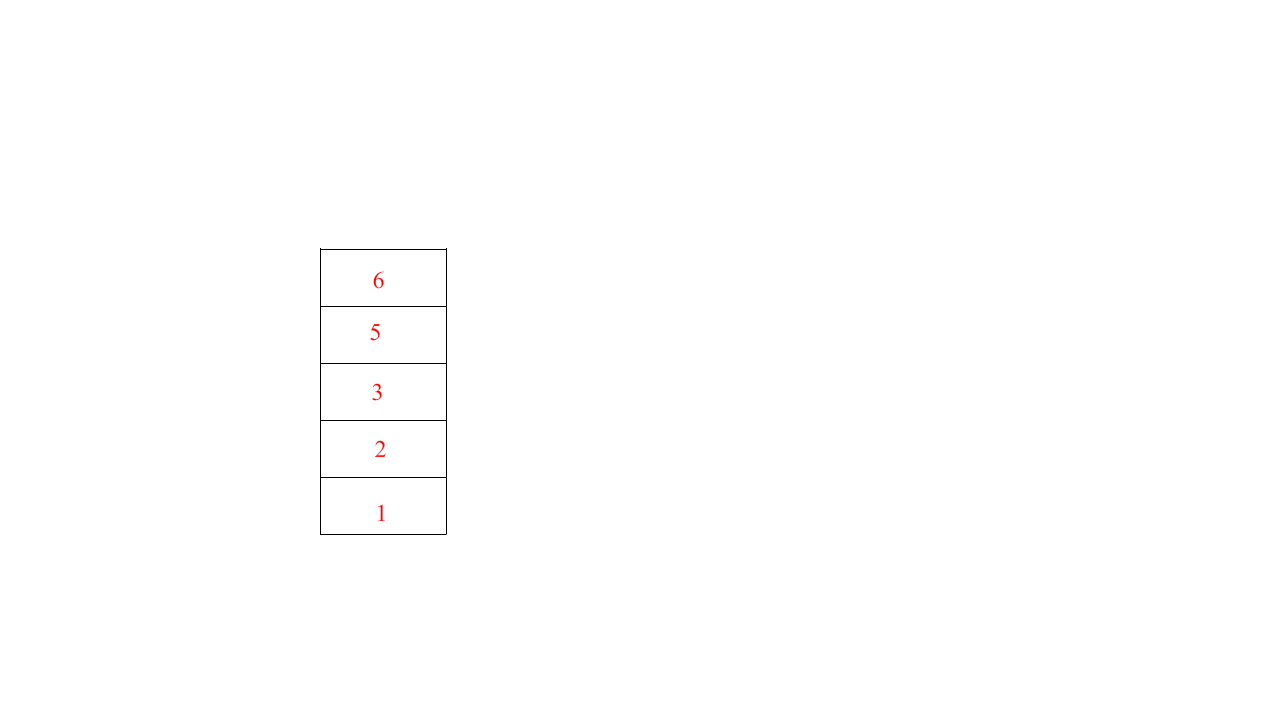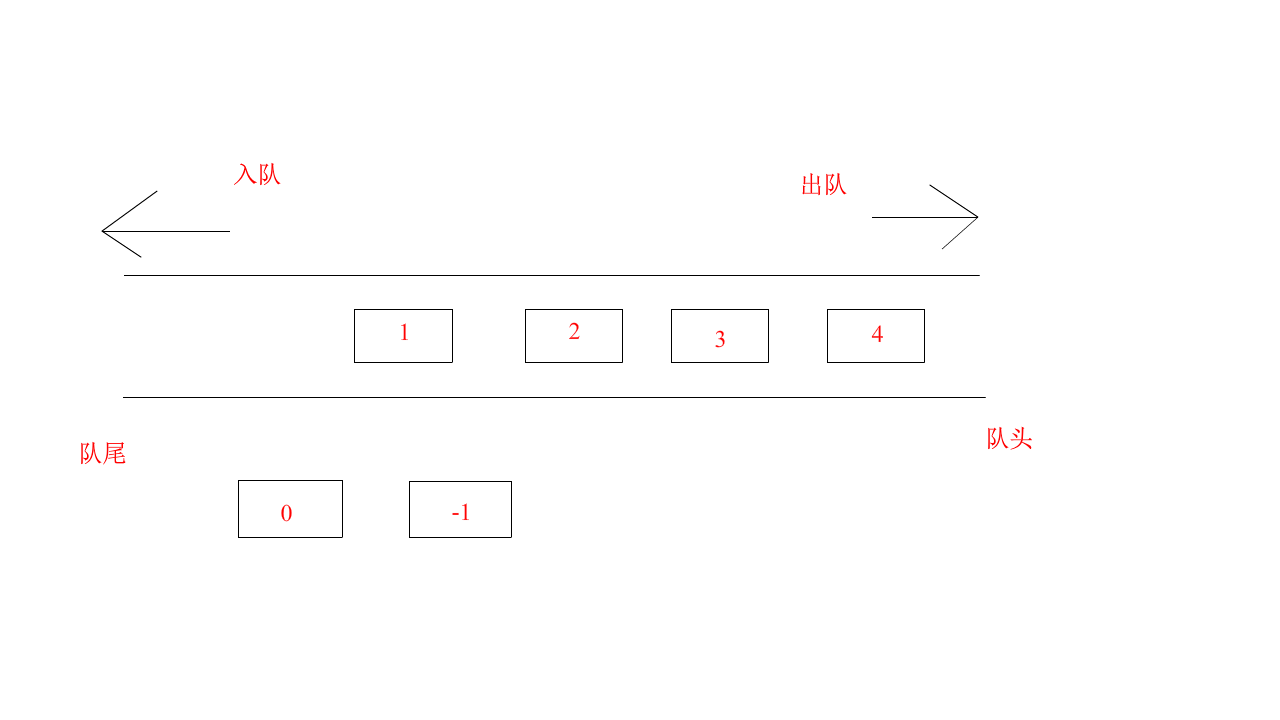【数据结构】—— 栈和队列(C写法)
前言🎆
笔者也仅是大一萌新,写博客为了记录和巩固知识✨
赠人玫瑰,手留余香,欢迎各位读者进行交流和建议🥰
能与大家一起学习,一起进步是我的荣幸🌹
如果这篇文章有帮助到您,还请留个赞支持一下哦🤞
✨往期文章✨🎃顺序表🎃
🎃单链表🎃
🎃双向带头循环链表🎃
目录🎆
栈和队列的区别🧐
栈:
1.栈是一种特殊的线性表,其插入和删除都是在固定的一端进行的
2.栈是后进先出
3.栈只允许在栈顶一端进行插入和删除
4.栈的插入操作叫压栈/进栈/入栈,栈的删除操作叫出栈
队列:
1.队列是一种特殊的线性表,其在一端进行插入,另一端进行删除
2.队列是先进先出
3.入队列:进行插入操作的一端称为队尾
4.出队列:进行删除操作的一端称为队头
栈的实现✔
入栈出栈示意图(上方为栈顶)
入栈:
出栈:
代码声明🔎:
#pragma once#include #include #include #include typedef int STDataType;typedef struct Stack{STDataType* a;int top;int capacity;}ST;void StackInit(ST* ps); //初始化void StackDestory(ST* ps); //清空void StackPush(ST* ps, STDataType x); //入栈void StackPop(ST* ps); //出栈bool StackEmpty(ST* ps); //判断是否为空STDataType StackTop(ST* ps); //栈顶元素初始化和清空🔎:
void StackInit(ST* ps){assert(ps);ps->a = NULL;ps->top = 0;ps->capacity = 0;}void StackDestory(ST* ps){assert(ps);free(ps->a);ps->a = NULL;ps->capacity = ps->top = 0;}入栈出栈🔎:
void StackPush(ST* ps, STDataType x){assert(ps);if (ps->top == ps->capacity) //扩容{int newCapacity = ps->capacity == 0 ? 4 : ps->capacity * 2;ps->a = realloc(ps->a, newCapacity * sizeof(STDataType));if (ps->a == NULL){printf("realloc fail\n");exit(-1);}ps->capacity = newCapacity;}ps->a[ps->top] = x;ps->top++;}void StackPop(ST* ps){assert(ps);assert(ps->top > 0);--ps->top; //栈顶元素实际是栈最后一个元素,直接--即可}判空函数🔎:
bool StackEmpty(ST* ps){assert(ps);return ps->top == 0;}栈顶元素🔎:
STDataType StackTop(ST* ps){assert(ps);assert(ps->top > 0); //防止越界return ps->a[ps->top - 1];}栈空间🔎:
int StackSize(ST* ps){assert(ps);return ps->top;//栈顶就是最后一个元素,直接返回就是空间大小}总代码🔎:
#pragma once#include #include #include #include typedef int STDataType;typedef struct Stack{STDataType* a;int top;int capacity;}ST;void StackInit(ST* ps);void StackDestory(ST* ps);void StackPush(ST* ps, STDataType x);void StackPop(ST* ps);bool StackEmpty(ST* ps);STDataType StackTop(ST* ps);#include "Stack.h"void StackInit(ST* ps){assert(ps);ps->a = NULL;ps->top = 0;ps->capacity = 0;}void StackDestory(ST* ps){assert(ps);free(ps->a);ps->a = NULL;ps->capacity = ps->top = 0;}void StackPush(ST* ps, STDataType x){assert(ps);if (ps->top == ps->capacity){int newCapacity = ps->capacity == 0 ? 4 : ps->capacity * 2;ps->a = realloc(ps->a, newCapacity * sizeof(STDataType));if (ps->a == NULL){printf("realloc fail\n");exit(-1);}ps->capacity = newCapacity;}ps->a[ps->top] = x;ps->top++;}void StackPop(ST* ps){assert(ps);assert(ps->top > 0);--ps->top;}bool StackEmpty(ST* ps){assert(ps);return ps->top == 0;}STDataType StackTop(ST* ps){assert(ps);assert(ps->top > 0);return ps->a[ps->top - 1];}int StackSize(ST* ps){assert(ps);return ps->top;}#include "Stack.h"void testStack(){ST st;StackInit(&st);StackPush(&st, 1);StackPush(&st, 2);StackPush(&st, 3);StackPush(&st, 4);while (!StackEmpty(&st)){printf("%d ", StackTop(&st));StackPop(&st);}}int main(){testStack();return 0;}队列的实现✔
入队出队示意图:
可以想象成你做核酸,第一个排队,你就是队头,做完也是第一个出队的,最后一个要排队就先要入队,那么也就是队尾
代码声明🔎:
#include #include #include #include typedef int QDataType;typedef struct QueueNode{QDataType data;struct QueueNode* next;}QNode; //定义节点typedef struct Queue{QNode* head;QNode* tail;}Queue; //定义头尾void QueueInit(Queue* pq); //初始化void QueueDestory(Queue* pq); //清空void QueuePush(Queue* pq, QDataType x); //入队void QueuePop(Queue* pq); //出队bool QueueEmpty(Queue* pq); //判空size_t QueueSize(Queue* pq); //空间大小QDataType QueueFront(Queue* pq); //队头元素QDataType QueueBack(Queue* pq); //队尾元素初始化和清空🔎:
void QueueInit(Queue* pq){assert(pq);pq->head = pq->tail = NULL;}void QueueDestory(Queue* pq){assert(pq);QNode* cur = pq->head;while (cur){QNode* next = cur->next;free(cur);cur = next;}pq->head = pq->tail = NULL;}入队出队🔎:
void QueuePush(Queue* pq, QDataType x){assert(pq);QNode* newnode = (QNode*)malloc(sizeof(QNode)); //扩容newnode->data = x; //将x放入newnode->next = NULL;if (pq->tail == NULL) //当队列为空的情况{assert(pq->head == NULL);pq->head = pq->tail = newnode;}else{pq->tail->next = newnode; //插入newnodepq->tail = newnode; //更新tail}}void QueuePop(Queue* pq){assert(pq);assert(pq->head && pq->tail);if (pq->head->next == NULL) //当仅有队头{free(pq->head);pq->head = pq->tail = NULL;}else{QNode* next = pq->head->next; //储存head的下一个节点,防止丢失free(pq->head);pq->head = next;}}判空🔎:
bool QueueEmpty(Queue* pq){assert(pq);return pq->head == NULL && pq->tail == NULL;}队空间大小🔎:
size_t QueueSize(Queue* pq){assert(pq);QNode* cur = pq->head;size_t size = 0;while (cur){size++;cur = cur->next;}return size;}队头队尾元素🔎:
QDataType QueueFront(Queue* pq){assert(pq);assert(pq->head);return pq->head->data; //直接返回队头队尾的data即可}QDataType QueueBack(Queue* pq){assert(pq);assert(pq->head);return pq->tail->data;}总代码🔎:
#include #include #include #include typedef int QDataType;typedef struct QueueNode{QDataType data;struct QueueNode* next;}QNode; //定义节点typedef struct Queue{QNode* head;QNode* tail;}Queue; //定义头尾void QueueInit(Queue* pq);void QueueDestory(Queue* pq);void QueuePush(Queue* pq, QDataType x);void QueuePop(Queue* pq);bool QueueEmpty(Queue* pq);size_t QueueSize(Queue* pq);QDataType QueueFront(Queue* pq);QDataType QueueBack(Queue* pq);#include "Queue.h"void QueueInit(Queue* pq){assert(pq);pq->head = pq->tail = NULL;}void QueueDestory(Queue* pq){assert(pq);QNode* cur = pq->head;while (cur){QNode* next = cur->next;free(cur);cur = next;}pq->head = pq->tail = NULL;}void QueuePush(Queue* pq, QDataType x){assert(pq);QNode* newnode = (QNode*)malloc(sizeof(QNode));newnode->data = x;newnode->next = NULL;if (pq->tail == NULL){assert(pq->head == NULL);pq->head = pq->tail = newnode;}else{pq->tail->next = newnode;pq->tail = newnode;}}void QueuePop(Queue* pq){assert(pq);assert(pq->head && pq->tail);if (pq->head->next == NULL){free(pq->head);pq->head = pq->tail = NULL;}else{QNode* next = pq->head->next;free(pq->head);pq->head = next;}}bool QueueEmpty(Queue* pq){assert(pq);return pq->head == NULL && pq->tail == NULL;}size_t QueueSize(Queue* pq){assert(pq);QNode* cur = pq->head;size_t size = 0;while (cur){size++;cur = cur->next;}return size;}QDataType QueueFront(Queue* pq){assert(pq);assert(pq->head);return pq->head->data;}QDataType QueueBack(Queue* pq){assert(pq);assert(pq->head);return pq->tail->data;}#include "Queue.h"void Test(){Queue q;QueueInit(&q);QueuePush(&q, 1);QueuePush(&q, 2);QueuePush(&q, 3);QueuePush(&q, 4);QueuePush(&q, 5);while (!QueueEmpty(&q)){printf("%d ", QueueFront(&q));QueuePop(&q);}printf("\n");}int main(){Test();return 0;}




